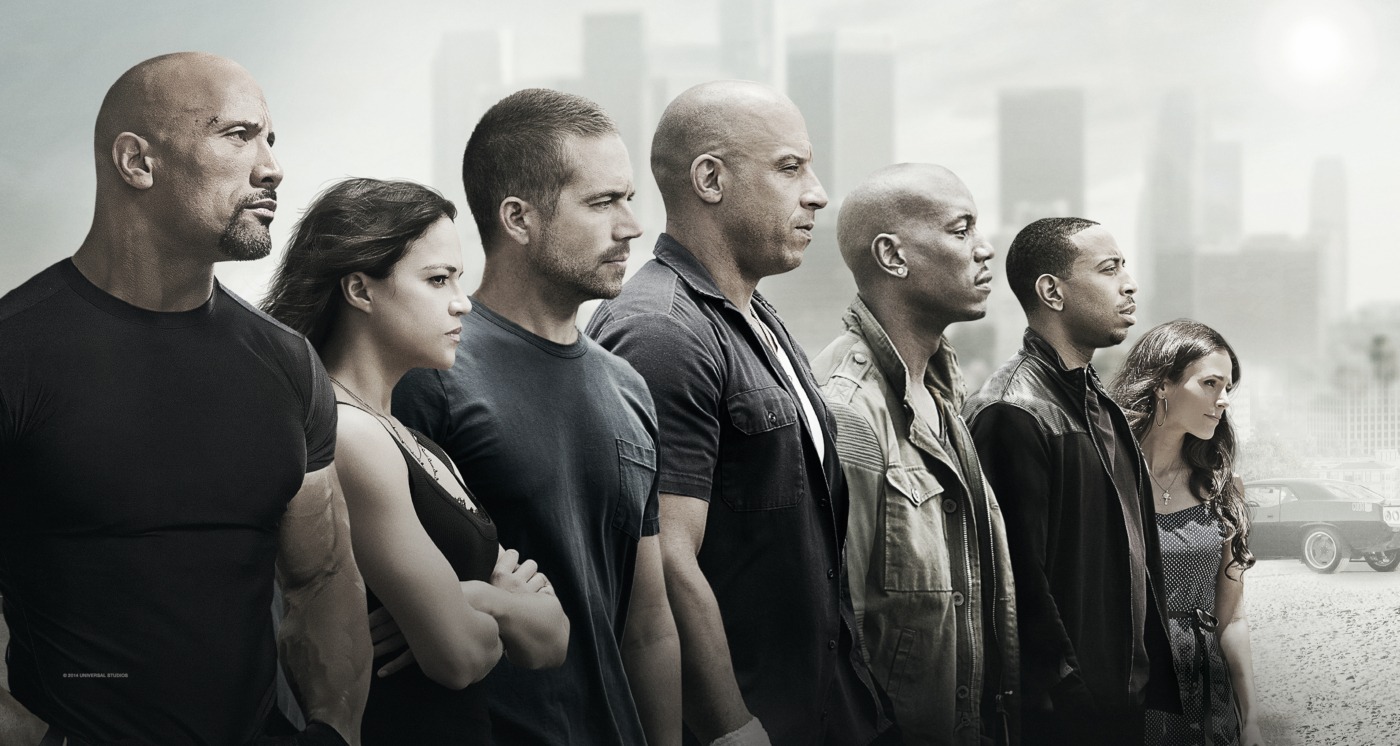Are there too many sequels?
I follow a lot of film-related stuff on social media, and the other day, I saw an interesting comment. A film critic was lamenting the fact that, in the UK and the USA, cinema has only been back for a couple of months, and it’s already rammed full of sequels and prequels and continuations of existing franchises. He argued that, as the film industry was already back on this path, it was a bad thing – it screamed a lack of creativity, and would set film further down the franchise route to the detriment of original properties. It’s an interesting comment, but is it a fair one?
If you look at the UK box office, the number one release for every weekend is a sequel: Peter Rabbit 2, The Conjuring 3, The Hitman’s Wife’s Bodyguard, two weeks of A Quiet Place: Part II and we’re on the third week of F9: The Fast Saga. The week I’m writing this, it’s extremely likely that Black Widow will take the top spot – again, more franchise fare. On a personal note, all the films I’ve seen in the cinema since it returned (with the exception of an Odeon Screen Unseen that turned out to be Another Round) have been sequels – the horror films I’ve already mentioned, Black Widow and Spiral.
There are, I think, two main reasons why sequels have been dominating. Obviously, Covid put a massive stopper into the film industry, meaning releases that should have been out a year ago are only now reaching the silver screen. It’s not necessarily the case that we have more sequels being made, so much as there’s a backlog to work through and many of these films happen to be sequels. And, in post-Covid times, it makes sense to push these big releases to the top of the pile. Good though Another Round is, it is never going to sell out a room in the way F9 might.
Good though Another Round is, it is never going to sell out a room in the way F9 might
For those in the industry, sequels are a safer bet than original properties. If you go to watch, say, Peter Rabbit 2 and you’ve seen the original film, you have a good idea of what you’re going to get, and so it’s more likely you’ll enjoy the sequel. For the executives, they know there is an existing market of people who enjoyed the first film, and it’s considerably easier to market. From an economic standpoint, sequels make sense – when you release a film like Cruella, you’re playing on a huge history and marketing to an audience who already ‘get’ what you’re pushing, and you’re benefitting from a larger budget and bigger spectacle.
It’s also important to note the paradox at the heart of cinema audiences – we grumble about sequels, but we keep watching them. Looking at the imminent release schedule, we’ll soon see Space Jam: A New Legacy, The Croods 2: A New Age, The Forever Purge and Escape Room: Tournament of Champions – all sequels, and all likely to be lapped up by audiences. And yet, to go against the film critic, the weight of sequels still leaves lots of space for original properties. Looking at the top ten releases from last weekend, four of them are entirely unrelated to any franchise or existing film: In the Heights, Freaky, Another Round and Supernova. If Luca had been released in the cinema, you’d imagine that would also have been a big success.
We grumble about sequels, but we keep watching them
The shape of the cinema industry pushes sequels and franchise fare to the fore, but that doesn’t mean that there’s no space for original films to make their mark. Indeed, look at some of the films we’ve been talking about this past year: a cinema with no interest in originality would never have produced films as diverse as Nomadland, Promising Young Woman and Soul. Sure, sequels may be commanding the big bucks (as they generally have done in recent years), but there’s a huge number of exciting original films if you look for them.

Comments